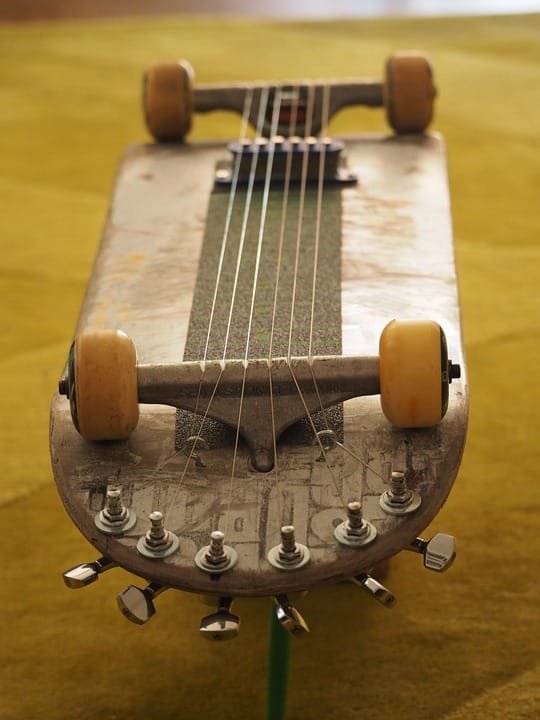The Soft Touch of Sustainability: Why Organic Fabrics Are the New Luxury
As I sit surrounded by my carefully curated wardrobe, I’m reminded of the profound impact our daily choices have on the world around us. The fashion industry, in particular, has become a significant contributor to environmental degradation and social injustice. But, I’ve discovered that the journey to sustainable fashion isn’t just about making a sacrifice – it’s about embracing a new era of luxury.
The Hidden Costs of Fast Fashion
The statistics are staggering. The fashion industry is responsible for an estimated 10% of global carbon emissions, 20% of global waste, and 25% of global water pollution (1). The proliferation of fast fashion has led to a culture of disposability, with the average American generating 82 pounds of textile waste per year (2).
Enter Sustainable Fashion: A New Era of Luxury
But, what if we could have our cake and eat it too? Enter sustainable fashion, where eco-friendly materials, slow fashion, and upcycling come together to create a luxuriant experience that’s good for the planet and compassionate towards people.
Eco-Friendly Materials: The New Gold Standard
Organic fabrics, such as hemp, bamboo, and Tencel, are gaining popularity as nature’s own materials. These sustainable textiles require less water, pesticides, and synthetic additives, making them a more gentle choice for our skin and the environment. Imagine slipping into a soft, luxurious shirt made from 100% organic cotton, knowing you’re supporting a more sustainable future.
[Illustration: Image of organic cotton fabric with a plant-based background]Slow Fashion: The Art of Curated Collections
Slow fashion encourages us to think more intentionally about our purchasing decisions. By focusing on quality over quantity, we can:
- Invest in timeless pieces that won’t go out of style
- Limit our environmental footprint
- Support small, sustainable brands
- Develop a deeper connection with our clothes
Upcycling: The Art of Reinvention
Upcycling, the process of transforming old or discarded materials into new, higher-value products, is a creative way to give old clothes new life. We can update our existing wardrobe by:
- Dyeing or refashioning old items
- Swapping with friends or family members
- Donating gently used clothing to those in need
The Power of Sustainable Fashion Brands
Many brands are now prioritizing sustainability, from Patagonia’s commitment to environmental responsibility to Reformation’s transparency around supply chain ethics. These companies are leading the charge, making it easier for us to make informed choices.
[Illustration: Image of sustainable fashion brands, with logos and descriptions]Small Steps, Big Impact
So, how can we make a difference? Here are some simple swaps to get you started:
- Choose eco-friendly brands or second-hand shopping
- Invest in quality, timeless pieces
- Learn to repair or upcycle your clothes
- Share your sustainable fashion journey with friends and family
Conclusion
Sustainable fashion isn’t just a trend – it’s a movement. By embracing organic fabrics, slow fashion, and upcycling, we can create a new era of luxury that benefits both people and the planet. Remember, every small step counts, and together, we can make a significant impact.
Frequently Asked Questions
Q: What are some eco-friendly fabrics?
A: Look for organic cotton, hemp, bamboo, Tencel, and recycled materials.
Q: How can I start my sustainable fashion journey?
A: Start by swapping out one slow fashion item, like a classic pair of jeans, or invest in an eco-friendly brand.
Q: What are some second-hand shopping tips?
A: Update your styling skills, focus on quality over quantity, and don’t be afraid to get creative with altered or repaired items.
By embracing the soft touch of sustainability, we’re not only transforming the way we dress but also the way we live. Join the movement, and together, let’s create a more conscious, luxurious world.
References:
(1) Ellen MacArthur Foundation, "A New Textile Economy: Redesigning Fashion’s Future" (2017)
(2) United Nations, "Sustainable Development Goals" (2015)
SEO Keywords: Sustainable fashion, eco-friendly materials, slow fashion, upcycling, environmental impact, social responsibility, luxury fashion, sustainable living.








Leave a Reply